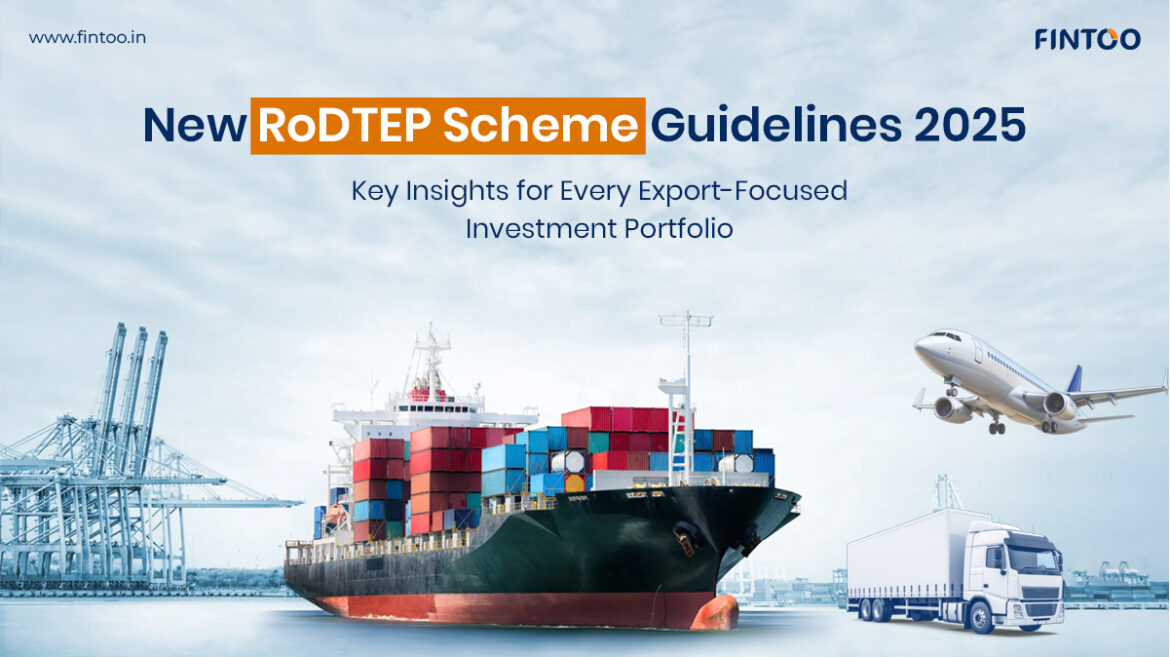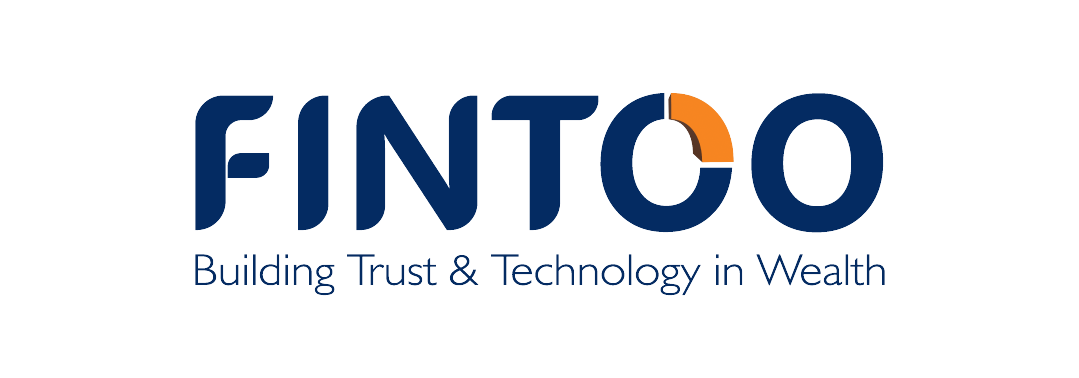

If you’re involved in exports or track policy shifts that shape market movements, you’ve likely come across the RoDTEP Scheme—short for Remission of Duties and Taxes on Exported Products. While it might sound technical, this policy is becoming central to India’s export strategy—especially after its latest 2025 update.
Let’s decode what RoDTEP really means in its new avatar, what’s changed in 2025, and why it matters—not just to exporters but also to investors building forward-looking portfolios.
A Quick Recap: What Is RoDTEP and Why Did We Need It?
Until a few years ago, India’s exporters received incentives under the MEIS scheme. But after WTO raised concerns about the subsidy structure, India needed a compliant alternative—that’s how RoDTEP was born.
The goal?
To refund non-creditable and previously non-reimbursed taxes like:
- Central and state VAT on fuel, power, transport
- Duties on farm inputs or packaging
- Local cesses that quietly raised export costs
These costs ate into exporters’ margins. RoDTEP levels the playing field by making India’s exports more competitive without violating global trade rules.
What’s New in the 2025 RoDTEP Update?
The government didn’t just continue RoDTEP—it revamped it in Budget 2025. Here’s what’s changed:
1. ICEGATE-Based Refund Filing
Exporters can now claim RoDTEP refunds digitally via the ICEGATE portal, improving speed, accuracy, and transparency.
2. Faster Credit Timelines
Refunds will now hit accounts much quicker, easing liquidity—especially for MSMEs and working capital-dependent sectors.
3. Service Sector May Be Included
Discussions are underway to extend RoDTEP to services—such as IT, legal, or architecture exports. If passed, this will be a major step forward for India’s services trade.
4. Increased Budget Allocation
The Union Budget 2025 raised allocation for RoDTEP to accommodate more products, new rates, and wider outreach.
5. Revised Sector-Wise Rate Slabs (Expected Q3 FY25)
The Commerce Ministry is expected to revise rebate rates by Q3 FY25. Businesses currently receiving lower rates or those excluded should closely monitor updates.
Which Sectors Stand to Gain the Most?
The RoDTEP 2025 framework is designed to support high-potential, value-added export segments, such as:
- Textiles, Chemicals, Engineering Goods – high volumes and high tax incidence
- EV Components and Solar Exports – aligned with India’s clean energy focus
- Processed Food, Spices, Agro Products – supporting rural economy and global demand
- Leather, Footwear, Marine Products – labour-intensive and margin-sensitive industries
Depending on product categories, exporters may see 2–5% net benefit on the Free on Board (FOB) value of goods.
Why Investors Shouldn’t Miss This
RoDTEP isn’t just about exports—it has strong portfolio implications as well.
If your investments include companies in textiles, chemicals, manufacturing, or auto ancillaries, this scheme can directly enhance their bottom lines.
Refunds = Better cash flow = Higher margins
And that means these businesses may become more financially stable and consistently profitable over time.
These margin gains could trigger:
- Re-rating of export-focused mid-cap companies
- Stronger performance in sectors like textiles, pharma, and specialty chemicals
- Valuation upgrades in firms where RoDTEP benefits are not yet fully factored in
Key Market Indicators to Watch:
- Export-heavy indices like Nifty India Manufacturing and Nifty MNCs
- Undervalued mid-cap stocks in export-driven businesses
- Ancillary sectors like logistics, warehousing, and ports
Combined with a weaker rupee, RoDTEP has the potential to double export-linked earnings in certain sectors.
Positioning Your Portfolio for Policy-Driven Upside
If you’re looking to align your investments with this shift, here are some strategies to consider:
- Explore mid-cap exporters in auto components, textiles, or pharma
- Invest in mutual funds or ETFs focused on Make in India or Indian Manufacturing themes
Consider international funds that hold Indian export-heavy companies or similar global players
Strategic portfolio moves today could translate into meaningful gains in the medium to long term.
For Business Owners: How to Make the Most of RoDTEP
Whether you’re an established exporter or just getting started, here’s how you can make the most of this scheme:
- Monitor DGFT notifications regularly—new updates, changes in product eligibility, and rate modifications are ongoing
- Use your refund wisely—reinvest into growth, technology, or capacity expansion
Ensure documentation accuracy—with ICEGATE filing, even minor compliance lapses can delay or cancel your claims
Final Thoughts: This Isn’t Just Another Policy—It’s a Strategic Lever
The RoDTEP Scheme 2025 is a meaningful shift in how India supports its exporters.
It aligns with the nation’s ambition of achieving $1 trillion in exports, ensures WTO compliance, boosts MSME competitiveness, and strengthens India’s global trade narrative.
For investors, it signals a window of policy-led growth.
For businesses, it offers a clearer path to profitability and expansion.
Looking to Capitalize on RoDTEP-Driven Opportunities?
Whether you’re a business owner seeking better margins or an investor identifying export-linked growth, this is the right time to act.
Connect with our advisory team to align your business or portfolio with the latest policy advantages under the updated RoDTEP scheme.
We’ll help you unlock value—from claims to capital gains.
Disclaimer: The views shared in blogs are based on personal opinions and do not endorse the company’s views. Investment is a subject matter of solicitation and one should consult a Financial Advisor before making any investment using the app. Investing using the app is the sole decision of the investor and the company or any of its communications cannot be held responsible for it.
Related Posts
Stay up-to-date with the latest information.


